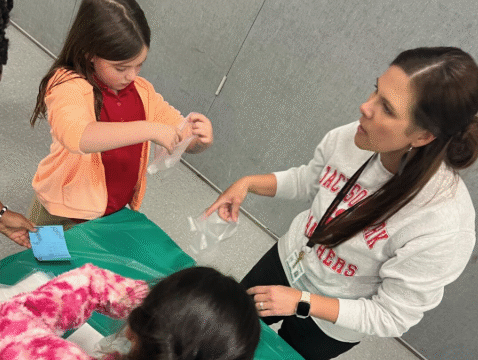In a rapidly evolving world, schools must be spaces where creativity, experimentation, and continuous improvement are encouraged. An innovation-friendly school environment fosters student engagement, empowers educators, and prepares learners for challenges that extend beyond the classroom. Building such a culture starts with leadership that values new ideas and supports thoughtful risk-taking.
Why Innovation Matters in Schools
Innovation is not just about technology or new tools—it’s about rethinking how teaching and learning happen. Schools that embrace innovation adapt more easily to change, respond to diverse student needs, and encourage problem-solving at every level. When innovation becomes part of the school culture, students and staff alike are more likely to take initiative and explore new possibilities.
Key Elements of an Innovation-Friendly School
- Supportive Leadership
Leaders set the tone for innovation. Encourage experimentation, provide time for collaboration, and celebrate creative thinking. When staff feel safe to share ideas, innovation can flourish. - Flexible Learning Spaces
Design classrooms and common areas to support collaboration, creativity, and movement. Flexible furniture, access to technology, and designated project areas can inspire new ways of learning. - Empowered Educators
Provide teachers with autonomy and resources to try new instructional strategies. Offer professional development focused on design thinking, student-centered learning, and emerging tools. - Student Voice and Choice
Give students opportunities to shape their learning. Let them propose projects, choose topics of interest, or design solutions to real-world problems. When students have agency, innovation thrives. - Collaborative Culture
Foster a community where teachers, students, and leaders learn from one another. Regular sharing sessions, team teaching, and peer feedback can spread successful ideas across the school. - Risk-Tolerant Environment
Redefine failure as part of the learning process. Encourage reflection and iteration rather than perfection. Innovation requires trying, failing, learning, and improving.
Steps to Cultivate Innovation
- Start small with pilot programs or classroom-level experiments.
- Use data to assess impact and make informed adjustments.
- Recognize and share success stories to inspire others.
- Invite external partners, such as local businesses or universities, to bring new perspectives and resources.
Conclusion
Creating an innovation-friendly school is about more than adopting new programs—it’s about nurturing a mindset that embraces curiosity, adaptability, and growth. With supportive leadership, empowered educators, and engaged students, schools can become vibrant centers of exploration and progress. When innovation is part of the culture, learning becomes more dynamic and meaningful for everyone.





